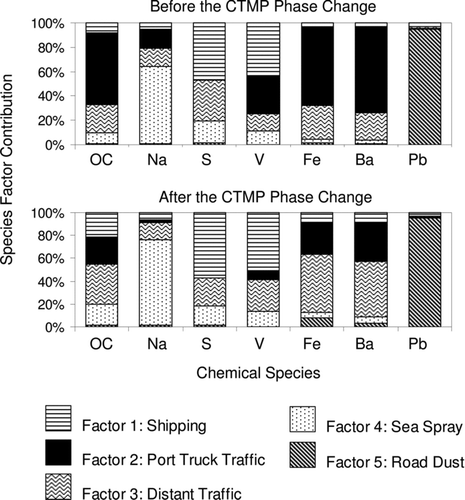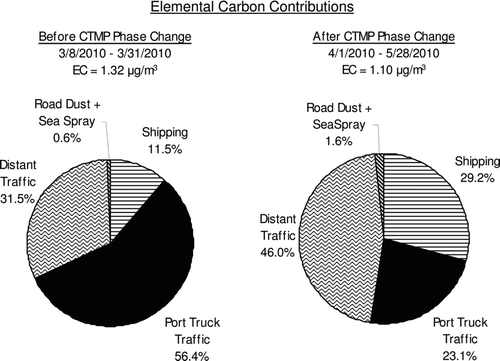Figures & data
FIG. 1 Map of the Port of Oakland with wind rose including the locations for the sampling site and the West Oakland community air-monitoring site. The airfield located to the south of the sampling site is the former Alameda Naval Air Station (now closed).
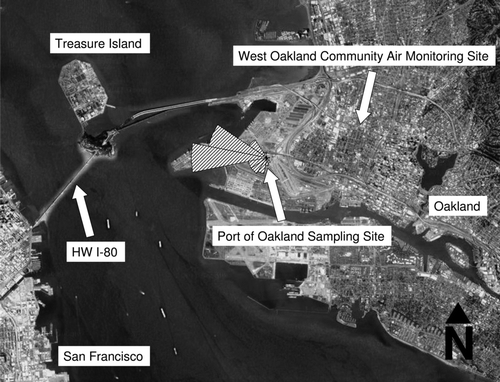
FIG. 2 Time series for key source-identifying species measured at the Port of Oakland: (a) EC, (b) OC, (c) Na: signature for sea spray, (d) S and (e) V: signature for shipping, (f) Fe and (g) Ba: signature for traffic, and (h) Pb: signature for road dust. Deadline for CTMP Phase 2 ended early April.
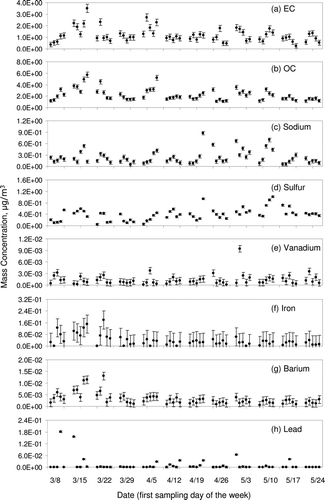
FIG. 3 Five-factor profiles obtained from analyzing PM1.8 samples retrieved at the Port of Oakland by using PMF modeling: shipping (Factor 1), port truck traffic (Factor 2), distant traffic (Factor 3), sea salt (Factor 4), and road dust (Factor 5). All factors include a mixed signal due to turbulent mixing caused by the ocean breeze.
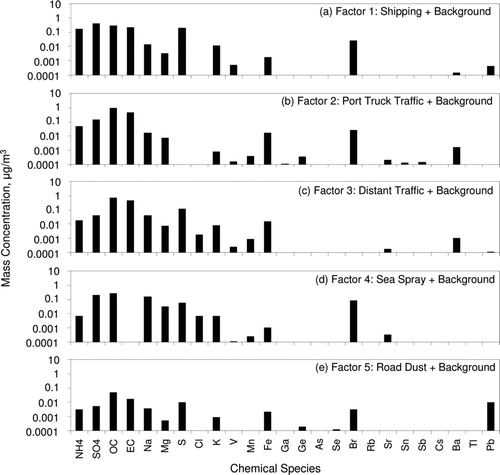
FIG. 4 Factor contributions to the time series of EC measured from 24-h PM1.8 samples over the course of the field campaign (8 March 2010 to 28 May 2010).
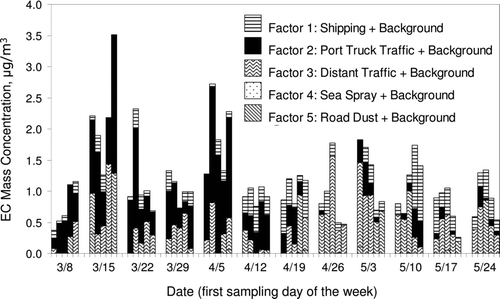
FIG. 6 Factor contributions to the key source-identifying species measured at the Port of Oakland sampling site.
